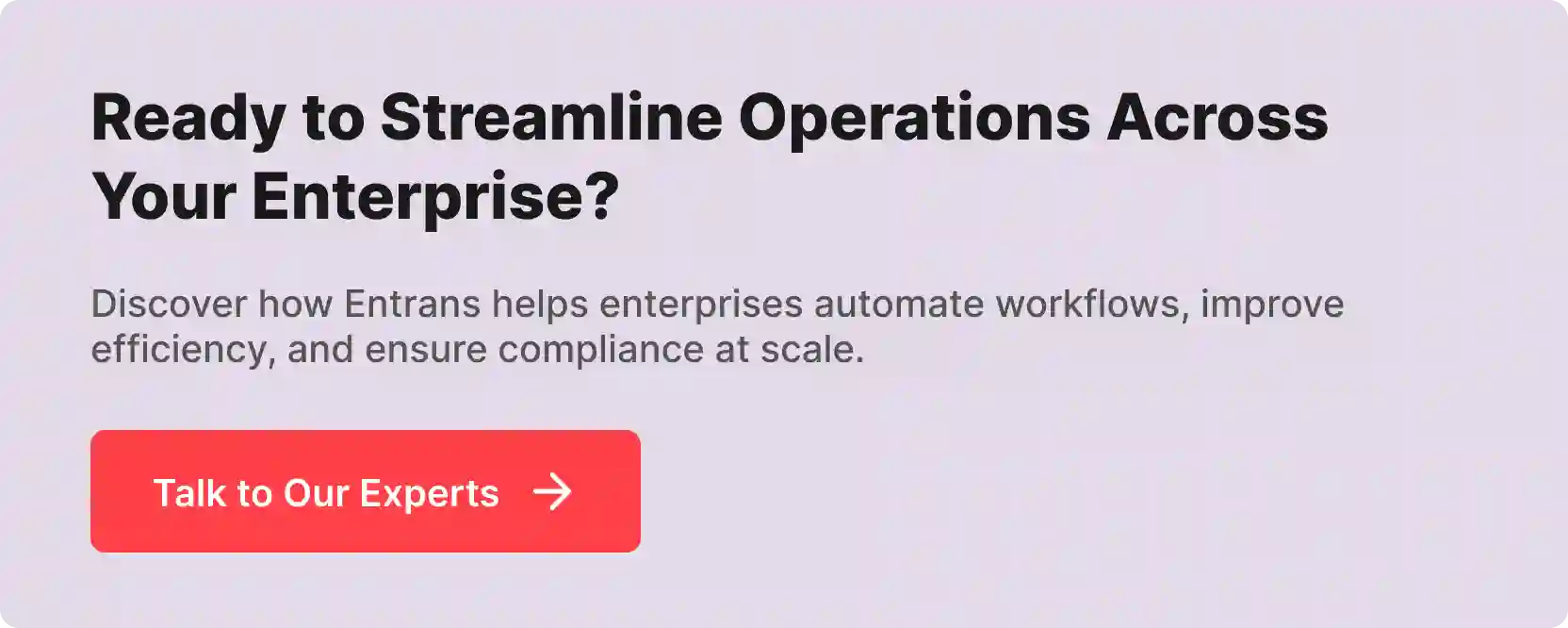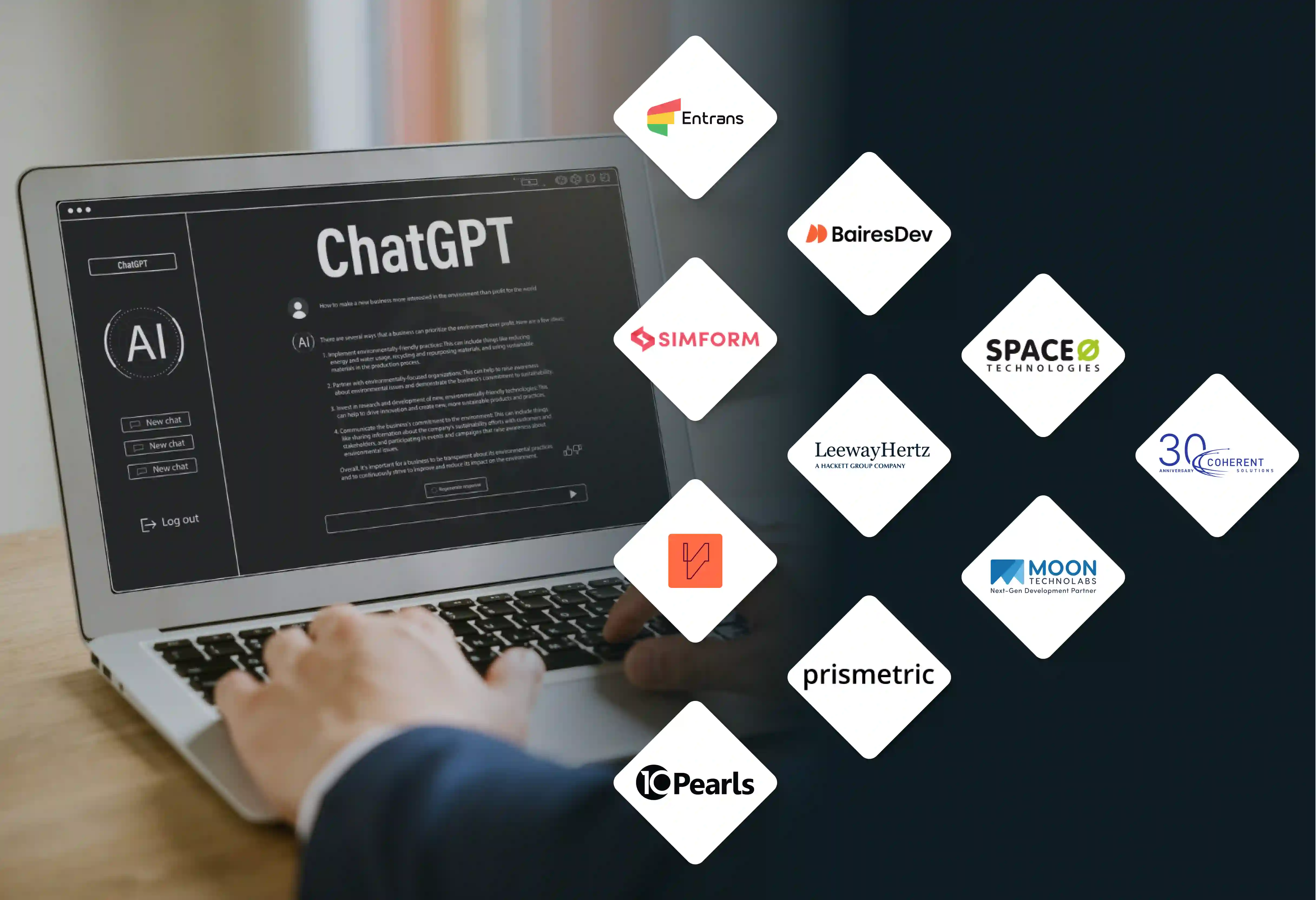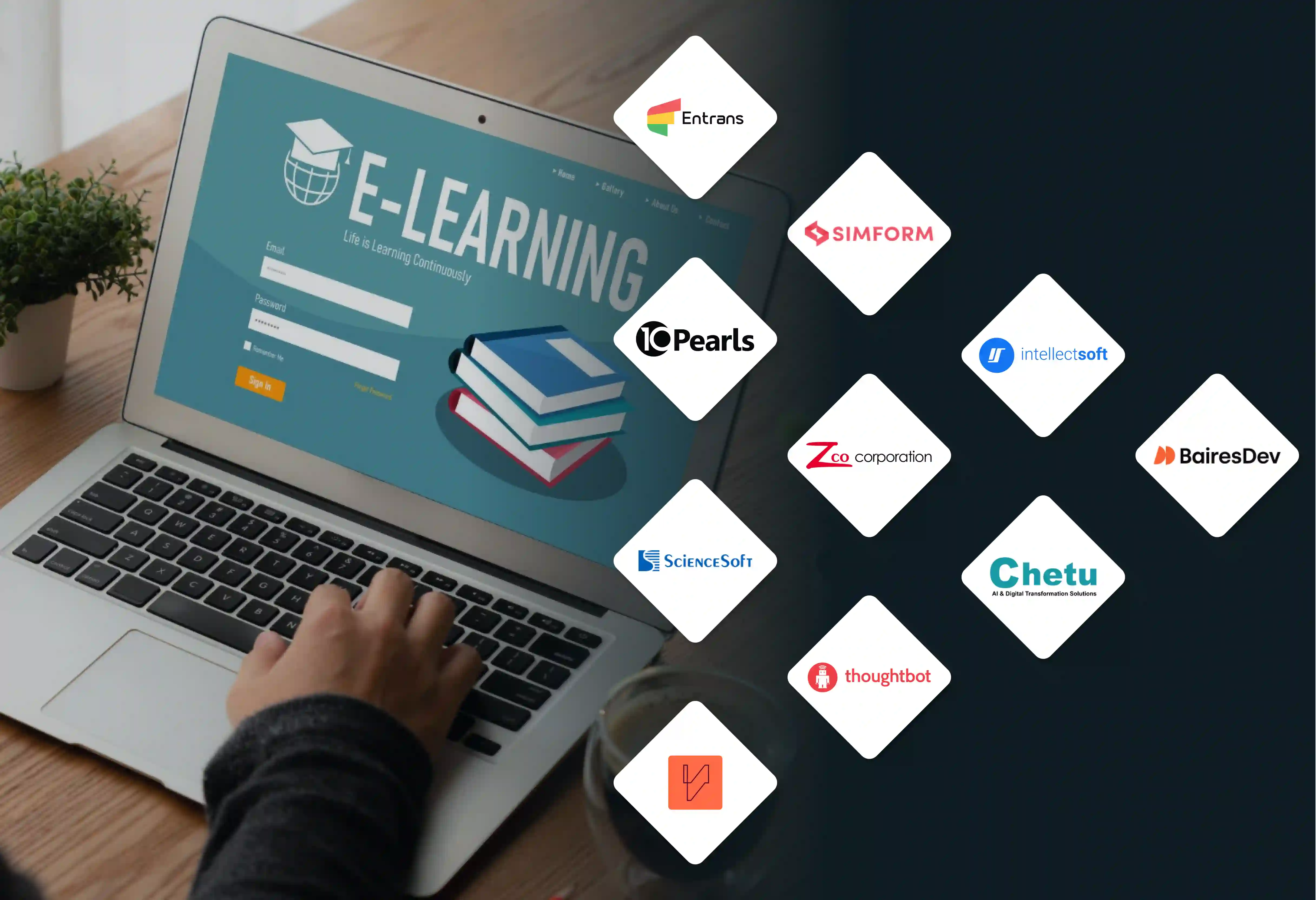Enterprises must evolve to the market conditions and accelerate delivery. Manual processes decrease productivity, add cost, risk, and complexity. This has raised the need to adapt to structured automation risk.
A well-defined enterprise automation strategy enables CIOs to streamline operations and manage resources more effectively. It will give a clear picture of governance, compliance, and performance guidelines.
This roadmap equips the CIO with a step-by-step approach to designing a scalable automation ecosystem across diverse business functions, demonstrating improvements in these areas.
What is an enterprise automation strategy?
An enterprise automation strategy is a structured plan that outlines how the organization automates processes, systems, and workflows. The main goal is to create a unified workflow that helps in reducing costs, improving efficiency, and enhancing stability.
Why do businesses need an Automation strategy?
Businesses need an automation strategy as it defines a structured framework to identify the right processes that can be automated, which can reduce costs. It provides clarity on priorities, outcomes, and expected value. The main reasons why a business needs an automation strategy are
- Increased productivity: Since the repetitive, mundane, and time-consuming tasks are taken care of by automation, the employees focus on creative and customer-facing work. This increases productivity and drives efficiency.
- Faster Time-to-Market: Automation reduces delays in service delivery, improves response times, and increases accuracy. This enables us to deliver the products more safely.
- Data-Driven Decision Making: Automation tools offer real-time data visibility and analytics. These insights enable us to identify new trends, predict risks, and make informed, better decisions.
- Ensures security and Compliance: Automated systems log every action, thereby providing a 100% accurate documented audit trail. Every step of automation adheres to established compliance standards and reduces the risk of security breaches.
- Competitive Advantage: Enterprises that follow an automation strategy deliver fast and more reliable services. They tend to innovate quickly and outperform competitors relying on traditional workflows.

Key Pillars of Successful Enterprise Automation Strategy
A successful enterprise automation strategy depends on several key pillars that ensure alignment with business goals. The three main pillars are people, process, and technology.
- Clear Business Objectives: Automation efforts align with its business objectives, such as cost reduction, faster delivery, and improved compliance. Clear business objectives help prioritize processes and justify investments.
- Change Management and Workforce: Employees must enrich their skills to sustain in this modern world. Clear communication and training programs will help the employees.
- Process Assessment and Standardization: Identify the organization’s repetitive, rule-based workflows and standardize them.
- Technology and architecture: A successful automation strategy means selecting the right tools and ensuring they are integrated, secure, and scalable across the organization. Choose the right technology platforms and build a robust technical infrastructure to support the automation initiatives.
- Maturity and Governance: An effective automation framework is supported by structured maturity models (such as the Automation Maturity Model or CMMI). Governance ensures reliability, performance monitoring, compliance, and consistent standards.
- KPIs, Risk Management, and Continuous Improvement: Key Performance Indicators (KPIs) help measure impact and success beyond. KPIs such as cost savings, cycle time reduction, and error rates help measure success.
Common pitfalls and how to avoid them
A robust automation strategy isn’t just about what to do, but what not to
do. Common pitfalls in enterprise automation strategies often lead to failed projects or suboptimal returns. Here are the key pitfalls and how to avoid them:
- Lack of Clear ROI or Goals: Without clear goals, just automating everything will lead to failure. To overcome this, identify the process that needs to be automated first and define KPIs such as cost savings, cycle time reduction, and error rate improvement to track real impact.
- Automating the wrong processes: Organizations often automate workflows without reviewing their relevance or efficiency. They mistakenly select low-impact processes for automating rather than high-value ones. To handle this, conduct an impact analysis to simplify and standardize workflows before implementing any tools.
- Neglecting clear KPIs and Metrics: Clear steps of what needs to be done will lead to resistance, fear of job loss, and low adoption rates. To overcome this, involve employees early in the process identification. Establish specific, measurable KPIs linked to business outcomes from the starting stage. Regularly monitor and adjust automation based on performance data.
- Failing to Test Adequately: Insufficiently testing the bot, especially for exception handling and edge cases, which causes it to fail repeatedly in production. To handle this, rigorous testing involves subject matter experts (SMEs). Focus on validating the happy path but also possible exceptions, errors, and process variations.
- Ignore Data quality: Automating the data by just assuming. It might be inconsistent or fragmented. To overcome this, standardize and govern data before feeding it into automated workflows.
- Limited Scalability: Implementing automation that cannot handle future growth for the organization. It will result in only increased costs. To overcome this, choose platforms and architectures that support increased workloads and evolving business needs.
Step-by-step roadmap to build an Enterprise Automation strategy
Simple tasks can be automated, which will save time. Building an automation strategy is a journey that requires careful planning, organizational buy-in, and continuous optimization.
1. Define Business goals and vision:
Conduct a thorough audit or process mining of existing business processes and workflows. Identify high-value automation tasks that are repetitive, rules-based, time-consuming, and error-prone. Focus on initiatives that need to be automated.
2. Design and Build:
Choose the right Business Process Automation tools (BPA) that can align with your existing IT infrastructure. Before automating, optimize the target “as-is” process to eliminate unnecessary steps. Develop the automation solution following the CoE’s defined standards. Build a clear roadmap with phases: pilot, deployment, scaling, and continuous implementation.
3. Deploy and scale:
This is the phase where the solutions are to be deployed, managed, changed, and ensured long-term success. Start with a low-risk pilot project to validate the solutions and refine the process before deployment. Scale automation solutions across the enterprise, beginning with the high-impact areas.
4. Governance and change management:
Develop a robust Change Management Strategy that includes communication, transparency, and comprehensive training for affected employees. Continuously monitor the performance of automated processes against predefined metrics and KPIs. Establish a governance framework to oversee automation standards, compliance, and risk management. Provide employee training programs to help them adapt to new tools and processes.
5. Measure Outcomes and Iterate:
Track KPIs regularly to assess ROI, operational improvements, and business impact for that. Iterate the automation roadmap based on the metrics obtained. Identify the areas that can be improved.
High-impact use cases of Enterprise Automation
Automation strategy focuses on use cases that have a significant impact across business functions. Automation tasks offer maximum returns in efficiency, cost reduction, accuracy, and customer experience. Some of the areas that have been impacted are
- Finance and Accounts: Most of the cash-related activities, such as capturing invoices, matching, and approval workflow, can be automated. They reduce human error, cut processing time, and improve cash-flow visibility.
- Human Resource Management: Employee onboarding and offboarding processes are taken care of through automation. HR administrative workflows, such as payroll, leave requests, and allocating benefits, are done through automation.
- Supply Chain and Inventory Management: automation optimizes inventory tracking, order fulfillment, demand forecasting, and logistics. Thereby, they have increased customer satisfaction and reduced operational bottlenecks.
- Customer Service and Issue Resolution: Automated workflows support SLA management, handle queries, and provide them with resolutions. These actions have enhanced responsiveness and service quality.
- Marketing Campaign: The Marketing side has a lot of improvement in audience segmentation, trigger-based emails, personalization workflows, and Analytics dashboards. They have helped trigger qualified leads and monitored key performance indicators that have enabled faster decision-making and resource allocations.
- Healthcare Administration: The Automation process has taken care of the hospital management activities such as doctor’s availability checks, appointment scheduling, validating the insurance, and claims processing. Through these activities, they have reduced the administrative burden and have accelerated care delivery.
KPIs to Measure Automation Success
Automation success should be measured across Financial, Operational, Customer, and Employee. The Key Performance Indicators (KPIs) for measuring automation success are
- Productivity Hours Reclaimed: It is the measure of the number of human hours saved by automating tasks. It is often expressed in FTEs(Full-time Equivalents) gained or hours saved per month.
- Return on investment (RoI): It shows the financial performance of an automation project compared to its cost. It includes labor cost, operational expenses, and rework, showing how the automation contributes to financial performance.
- Process Cycle Time Reduction: It shows the difference between the time taken to complete a process before and after automation. It indicated the improvement in speed and faster turnaround times.
- Error Rate Reduction: It tracks the decrease in errors due to automation. It reflects enhanced accuracy and fewer manual mistakes requiring rework.
- Bot Uptime and Availability: It measures the system reliability and ensures workflows run without unexpected downtime or interruption.
- Customer Satisfaction Score (CSAT): It measures the customer’s satisfaction level. More importantly, if the automation directly impacts customer-facing processes.
- Time to Value (TTV): The time taken to identify a process for automation, to have the live automation deployed, and deliver measurable value.
Future trends to watch in enterprise Automation Strategy
Enterprise automation is a moving trend beyond simple automation. With the AI infusion, they are moving towards intelligent, autonomous, and strategic systems. Key trends that are going to reshape the future are:
- Agentic AI: Agentic AI, like Thunai, can detect anomalies, initiate remediation steps, and resolve incidents without human intervention. They can execute actions across multiple systems and correct themselves based on real-time feedback.
- Hyperautomation: Enterprises are increasingly embracing hyperautomation, which has combined AI, robotic process automation (RPA), and business process management (BPM) to automate end-to-end processes with minimal human intervention. Automation will shift from executing tasks to automating judgment.
- Human + AI Workforce models: Automation will reduce the work of employees and will not replace them. With both human and AI collaboration, they can reduce repetitive tasks, recommend next actions, draft content, and summarize all the insights.
- Governance frameworks: Embedding generative AI will enhance strategic outcomes in efficiency, customer satisfaction, and value creation. Dedicated AI Security and Governance Platforms will become necessary to monitor model performance, enforce ethical use policies, and maintain clear audit trails for regulatory compliance.
- No-Code and Low-Code Platforms: These platforms will see a major shift in enabling citizen developers to design and deploy workflows using visual interfaces. Even non-coding persons have decided between them, as it is a drag-and-drop interface only.
How Entrans partners with enterprises to deliver automation strategy
Automation has become the backbone of future-ready operations. It has helped us to achieve reduced operational costs, faster process cycle time, better resource utilization, and overall higher customer satisfaction. Partnering with a strategic partner like Entrans will give you measurable results.
We follow an AI-first engineering and full-stack digital transformation approach to deliver an enterprise automation strategy. This feature enables autonomous, complex decision-making with minimal human intervention. We also provide personalized customer engagement, content generation, and code/script acceleration. We have delivered specialized vertical solutions across healthcare, financial services, retail, e-Commerce, and software/high-tech.
At Entrans, we have moved one step forward and built our own sales agent, Thunai, which has shown significant improvement on the automation side.
Want to know more about? Contact Entrans today and take the next steps towards automation.









